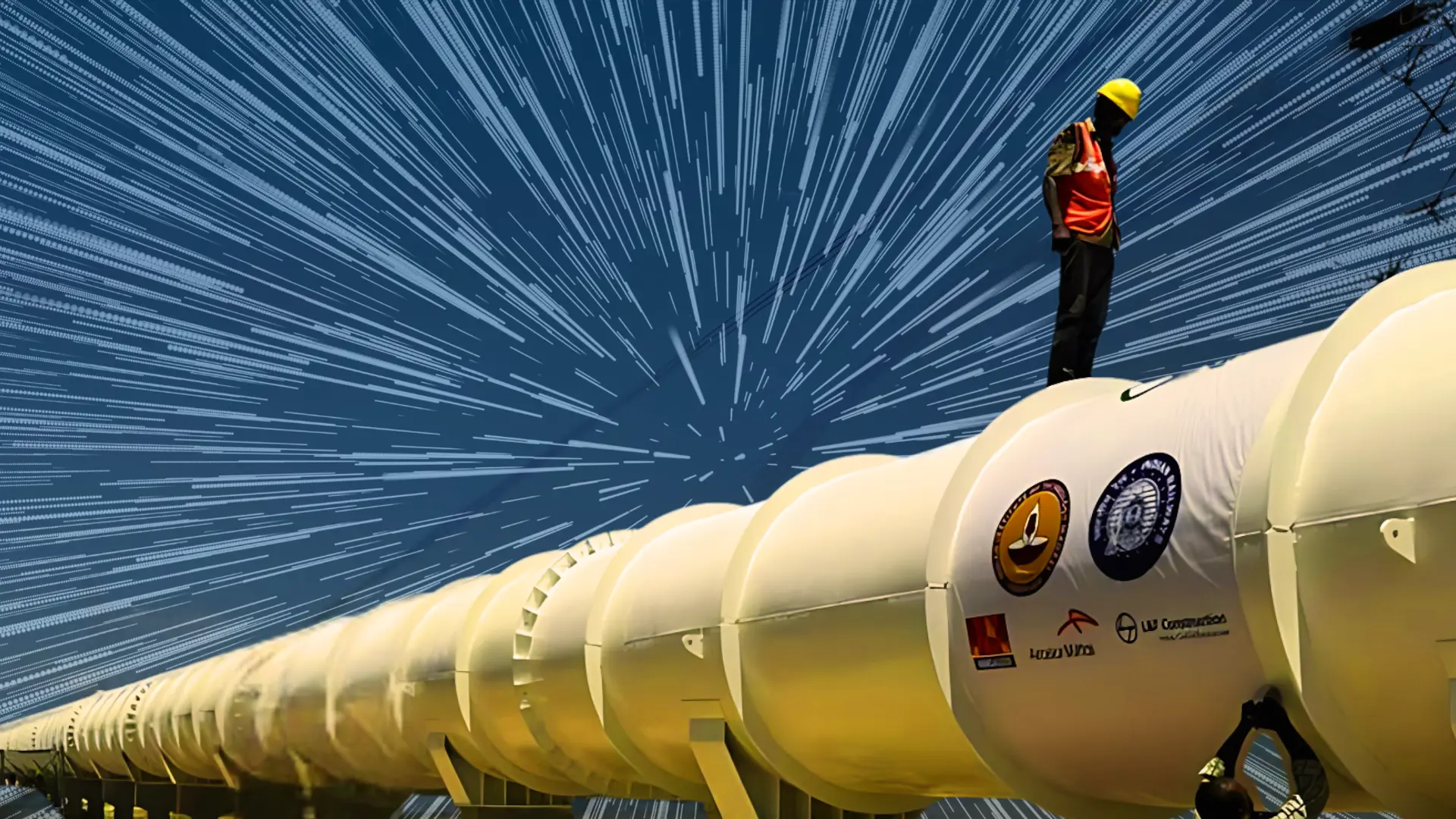Know the eight technologies NASA is investing in
NASA has selected eight technology proposals for investment, including interplanetary habitats that can induce deep sleep for astronauts on long-duration missions, and growable habitats that can be robotically assembled in space.
The selected proposals have the potential to transform future aerospace missions, introduce new capabilities and significantly improve current approaches to building and operating aerospace systems, NASA said.

The selected concepts include an interplanetary habitat proposed by Space Works Inc in US, configured to induce deep sleep for astronauts on long-duration missions. A novel coating called Solar White developed by Kennedy Space Centre is predicted to reflect more than 99.9 per cent of the Suns energy.
According to the researchers a sphere covered with a 10 mm thick coating of Solar White and located far from the Earth can achieve temperature below minus 223 degrees Celsius, the freezing point of oxygen. This method can cool fuel tanks in space down to minus 184 degrees Celsius, with no energy input needed.
Another concept proposed by Embry-Riddle Aeronautical University in US demonstrates low-cost atmospheric satellite which is powered by a combination of wind and solar energy and may be able to stay aloft for weeks or even months at a time. Magnetoshell Aerocapture for manned missions and planetary deep space orbiters, being developed by MSNW Inc in US will use aerodynamic drag forces to slow a spacecraft while it lands on a planetary body.
Aerocapture would enable long term studies of the outer planets and their moons that would not be possible with existing braking technologies, researchers said. Another proposal by the Texas Engineering Experiment Station seeks to design a rotating habitat with a robotic system that constructs the structure and provides a habitat growth capability.
Also read : Ex-NASA engineer returns to start up in preventive healthcare after losing his friends
Awards under the NASA Innovative Advanced Concepts (NIAC) Programme can be worth as much as USD 500,000 for a two-year study, and allow proposers to further develop concepts that successfully demonstrated initial feasibility and benefit. Steve Jurczyk, associate administrator of NASAs Space Technology Mission Directorate said,
The NIAC programme is one of the ways NASA engages the US scientific and engineering communities, including agency civil servants, by challenging them to come up with some of the most visionary aerospace concepts
NASA selected these projects through a peer-review process that evaluated innovativeness and technical viability. All projects are still in the early stages of development, most requiring 10 or more years of concept maturation and technology development before use on a NASA mission.







